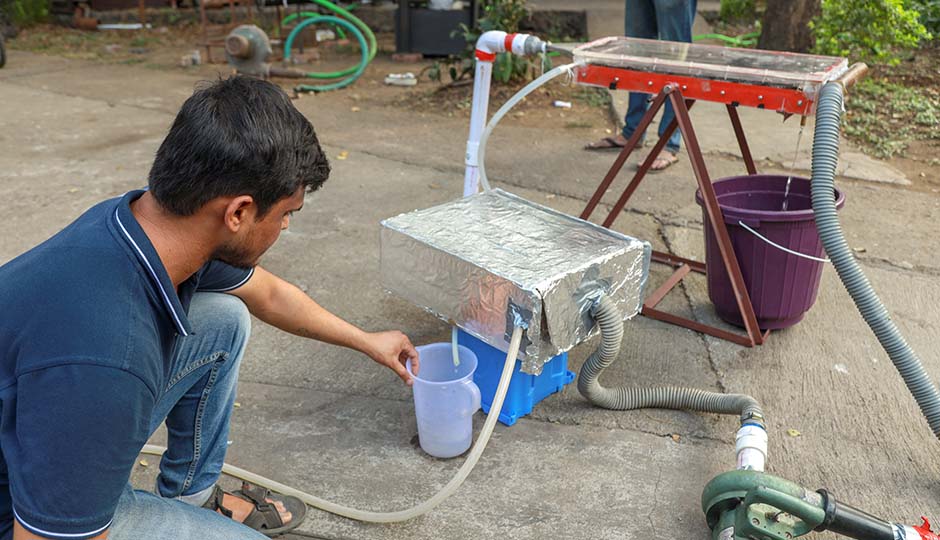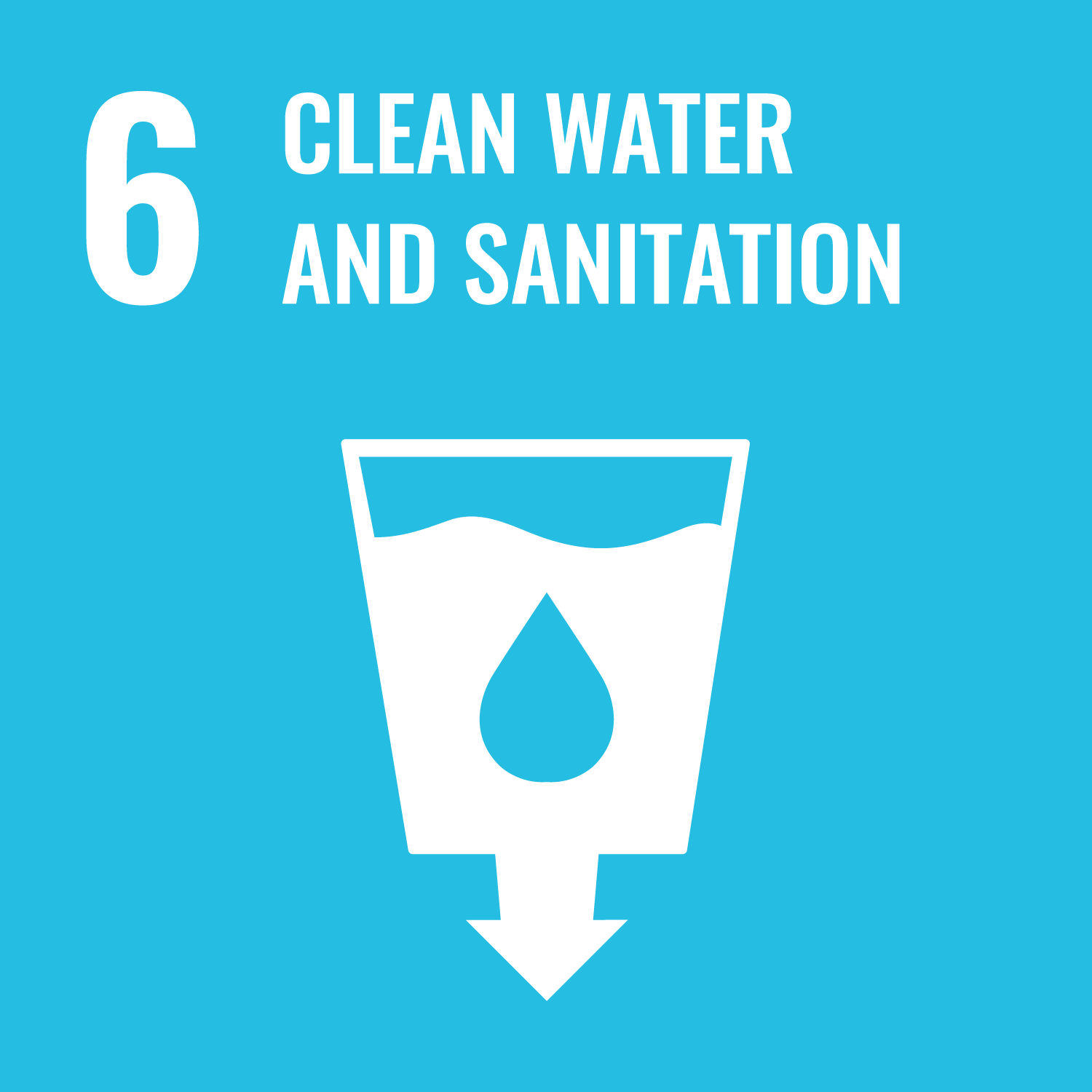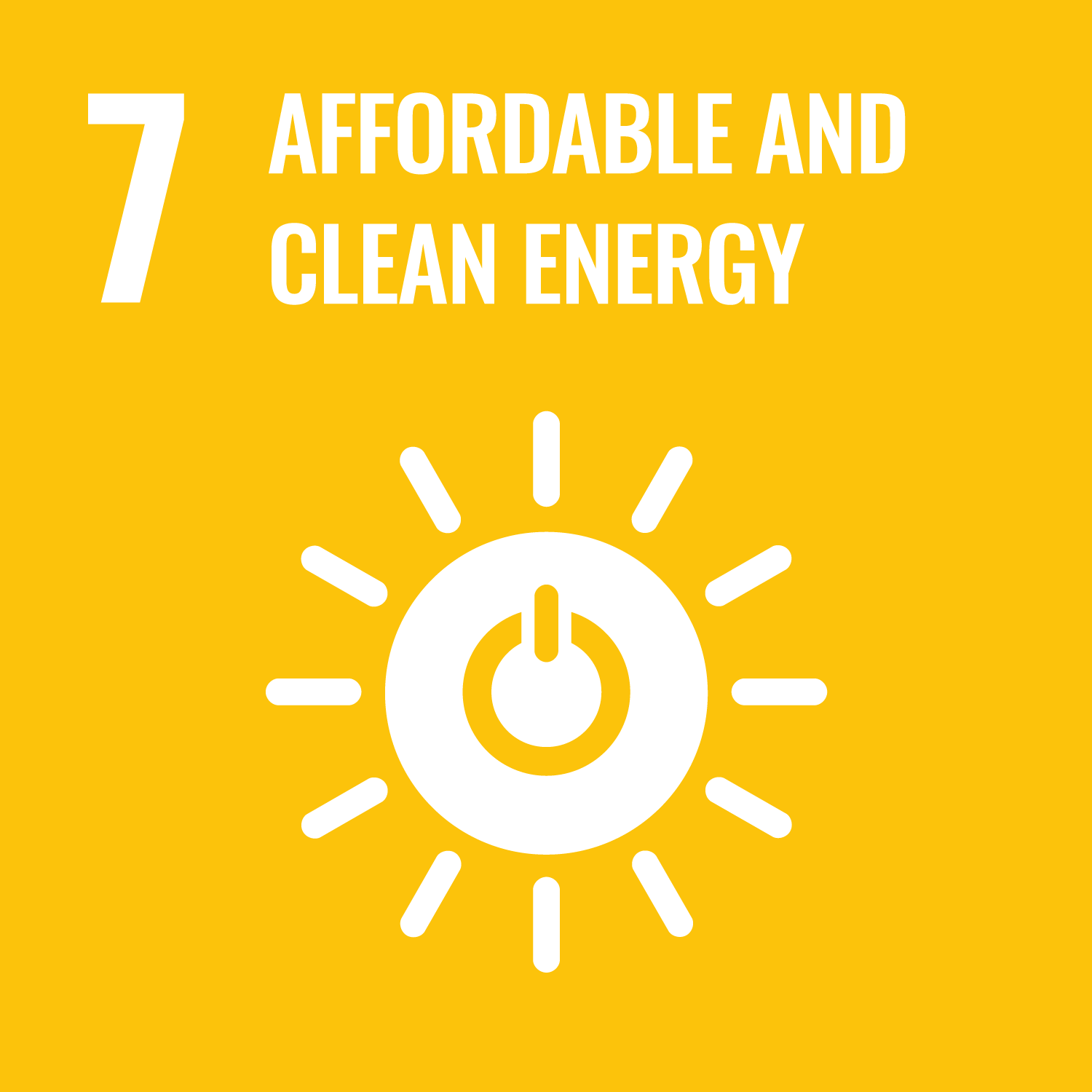 Several parts of India are under the water-stressed, water-scarce or absolute water scarcity category. Owing to the growing population’s inefficient use of groundwater resources, fresh water per capita in a year is decreasing rapidly. Based on the UNICEF report titled, “Water in India: Situation and Prospects”, millions of people have been affected by the water shortage. More than half of India faces high to extremely high water stress. Large-scale desalination technologies for industries and urban centres have become widely available as commercial technology over the last few decades. On the other hand, small-scale desalination technologies especially for remote areas have not attracted similar commercial interests. Some of the major challenges for remote water production are the need for systems that incur low initial capital cost, provide flexibility to adapt to renewables and ensure relatively maintenance-free operation. Among the many available technologies, humidification-dehumidification (HDH) desalination technology appears to be an extremely promising and decentralized drinking water technology. HDH technology mimics the natural rain cycle. The proposed HDH system in this study is ideal for small-scale desalination applications. This includes no parts which require extensive capital cost and maintenance. There are also no known barriers for applying HDH systems for varied and difficult feed water qualities. One of the key features of the HDH concept is the ability of these systems to produce water by use of low grade energy, especially from the sources of industrial waste heat or from renewable resources like solar energy or biomass. The goal of the proposal is to demonstrate a HDH system using low-cost, compact and high performance humidifier and dehumidifier components and improved heat recovery.
Several parts of India are under the water-stressed, water-scarce or absolute water scarcity category. Owing to the growing population’s inefficient use of groundwater resources, fresh water per capita in a year is decreasing rapidly. Based on the UNICEF report titled, “Water in India: Situation and Prospects”, millions of people have been affected by the water shortage. More than half of India faces high to extremely high water stress. Large-scale desalination technologies for industries and urban centres have become widely available as commercial technology over the last few decades. On the other hand, small-scale desalination technologies especially for remote areas have not attracted similar commercial interests. Some of the major challenges for remote water production are the need for systems that incur low initial capital cost, provide flexibility to adapt to renewables and ensure relatively maintenance-free operation. Among the many available technologies, humidification-dehumidification (HDH) desalination technology appears to be an extremely promising and decentralized drinking water technology. HDH technology mimics the natural rain cycle. The proposed HDH system in this study is ideal for small-scale desalination applications. This includes no parts which require extensive capital cost and maintenance. There are also no known barriers for applying HDH systems for varied and difficult feed water qualities. One of the key features of the HDH concept is the ability of these systems to produce water by use of low grade energy, especially from the sources of industrial waste heat or from renewable resources like solar energy or biomass. The goal of the proposal is to demonstrate a HDH system using low-cost, compact and high performance humidifier and dehumidifier components and improved heat recovery.







